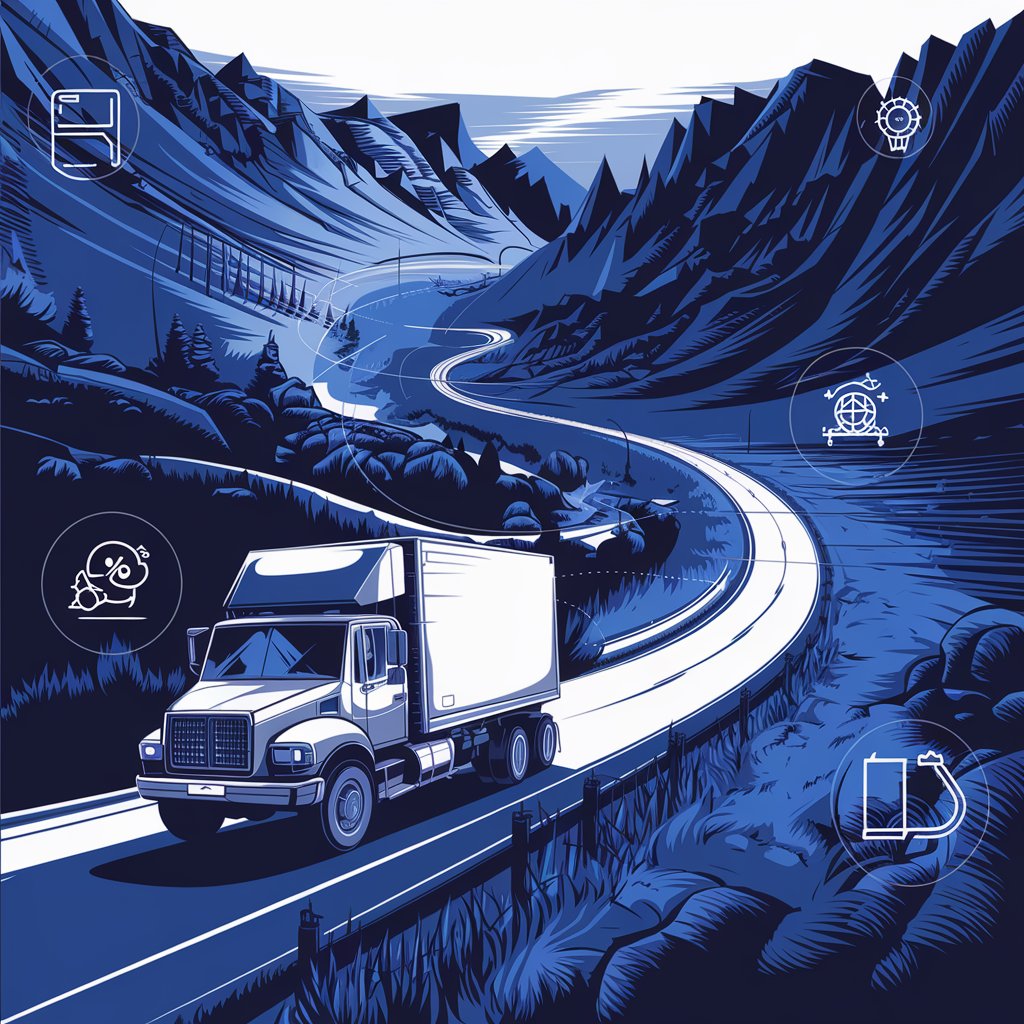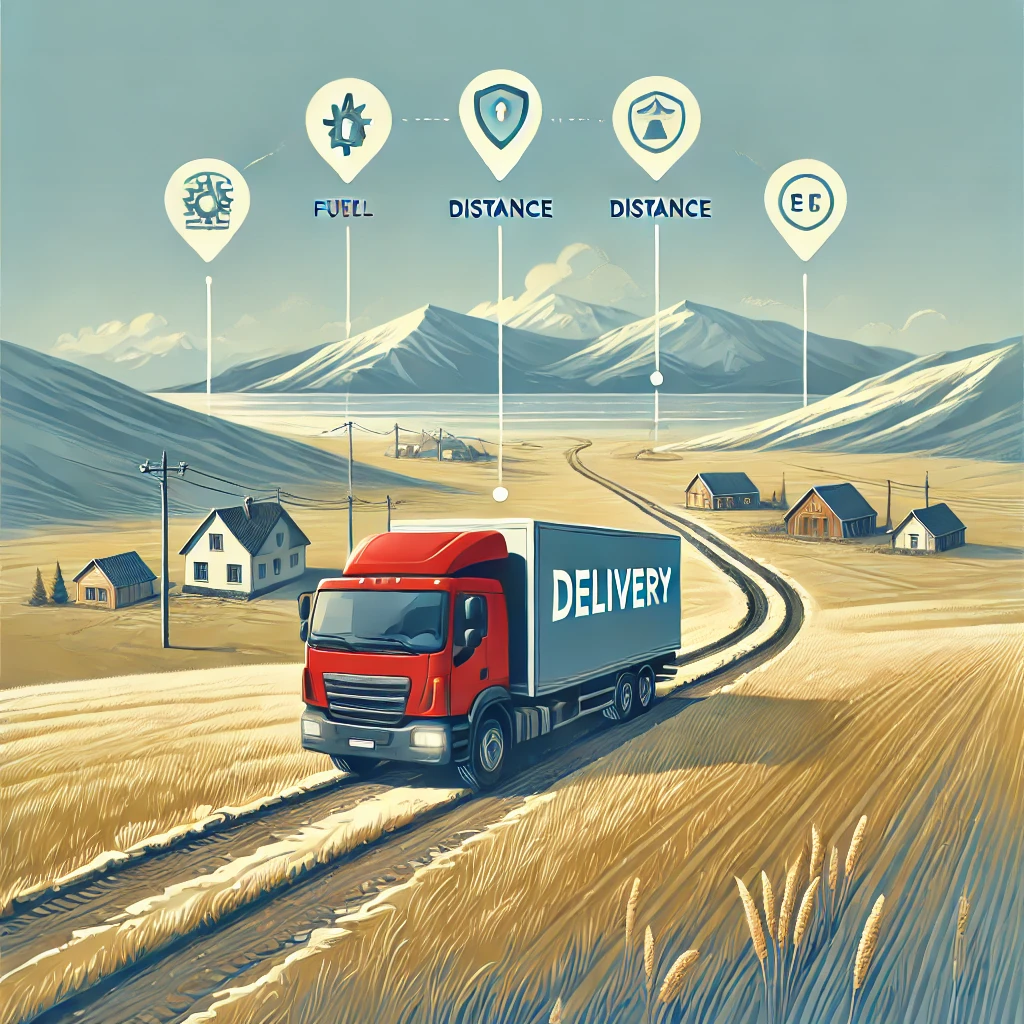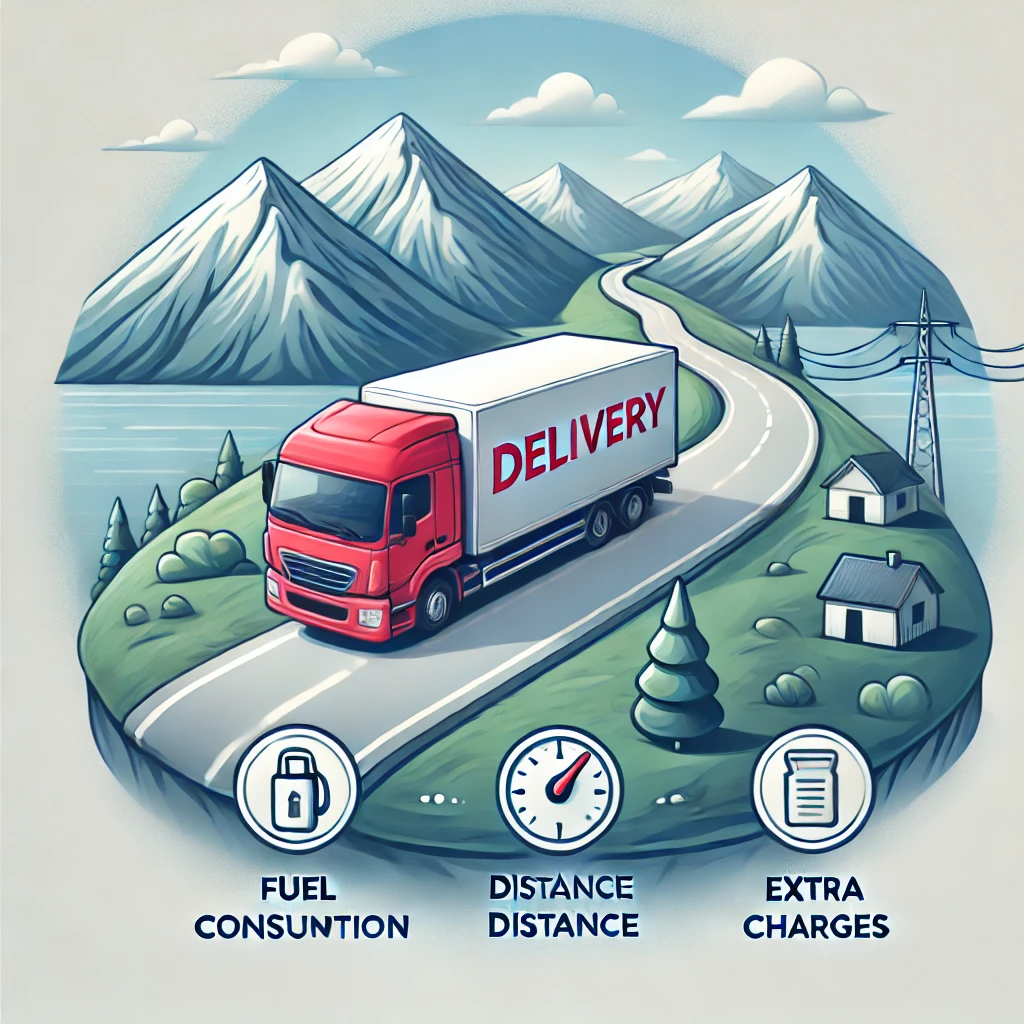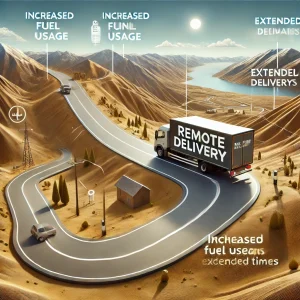Remote Delivery Charge: The Complete Guide to Understanding and Managing Shipping Costs

What is a Remote Delivery Charge?
A remote delivery charge, also known as a delivery area surcharge or remote area surcharge (RAS), is an additional fee imposed by shipping carriers for delivering packages to locations considered remote, rural, or difficult to access. These charges are designed to offset the increased costs associated with serving these areas.
Key Points:
- Applied to deliveries in rural, remote, or hard-to-reach areas
- Compensates carriers for additional time, fuel, and resources
- Can significantly increase overall shipping costs
Why Do Remote Delivery Charges Exist?
Remote delivery charges exist due to several factors that make deliveries to certain areas more challenging and costly:
- Extended Delivery Routes: Longer distances from distribution centers
- Lower Population Density: Fewer deliveries per trip
- Challenging Terrain: Difficult road conditions or limited access
- Limited Infrastructure: Lack of established delivery networks
- Increased Fuel Consumption: More fuel required for longer journeys
- Time Constraints: Longer delivery times affecting efficiency
How Are Remote Delivery Charges Calculated?

The calculation of remote delivery charges can vary between carriers and depend on several factors:
- Distance from Urban Centers: Further distances typically incur higher charges
- Zip Code/Postal Code: Many carriers use specific codes to determine remote areas
- Package Weight and Dimensions: Larger or heavier packages may incur higher fees
- Delivery Speed: Expedited services to remote areas often cost more
- Carrier-Specific Policies: Each shipping company has its own criteria and rates
To calculate these charges, carriers often use sophisticated mapping and logistics software that takes into account all these factors.
Impact on Businesses and Consumers
For Businesses:
- Increased Operational Costs: Can eat into profit margins
- Pricing Challenges: Difficulty in setting standard shipping rates
- Customer Satisfaction: Potential for dissatisfaction due to higher shipping costs
- Market Reach: May limit ability to serve certain geographic areas cost-effectively
For Consumers:
- Higher Overall Costs: Increased product prices or shipping fees
- Limited Shopping Options: Some retailers may not ship to remote areas
- Transparency Issues: Unexpected charges can lead to cart abandonment
Strategies to Manage Remote Delivery Charges
For Businesses:
- Negotiate with Carriers: Leverage shipping volume for better rates
- Use Multiple Carriers: Compare rates and use the most cost-effective option for each area
- Implement Zone Skipping: Consolidate shipments to reduce individual package costs
- Offer Alternative Delivery Options: Provide pickup locations or longer delivery windows
- Adjust Pricing Strategies: Consider incorporating shipping costs into product prices
- Utilize Fulfillment Centers: Strategically locate warehouses to minimize remote deliveries
- Educate Customers: Clearly communicate potential surcharges during the checkout process
For Consumers:
- Compare Retailers: Look for those with favorable shipping policies to remote areas
- Consider Alternate Shipping Addresses: Use work addresses or nearby pickup locations
- Consolidate Orders: Combine multiple items into a single shipment
- Look for Free Shipping Thresholds: Take advantage of minimum purchase requirements for free shipping
- Use Shipping Calculators: Estimate total costs before finalizing purchases
- Join Shipping Programs: Subscribe to services like Amazon Prime for flat-rate shipping

The Future of Remote Delivery Charges
As e-commerce continues to grow and logistics technology advances, we can expect changes in how remote delivery charges are handled:
- Drone Deliveries: Potential for more cost-effective remote deliveries
- Improved Mapping Technology: More accurate and fair surcharge calculations
- Alternative Delivery Networks: Growth of local courier services in remote areas
- Policy Changes: Possible regulations to standardize remote area definitions and charges
- Sustainability Factors: Integration of environmental costs into delivery charge calculations

Conclusion
Remote delivery charges are a necessary component of the modern shipping landscape, reflecting the real costs associated with serving less accessible areas. While they can present challenges for both businesses and consumers, understanding these charges and implementing smart strategies can help mitigate their impact.
For businesses, the key lies in transparent communication, strategic planning, and leveraging technology to optimize shipping operations. Consumers, on the other hand, can make informed decisions by being aware of potential charges and exploring alternative options.
As the e-commerce industry continues to evolve, so too will the approaches to handling remote delivery charges. Staying informed and adaptable will be crucial for both businesses and consumers in navigating this aspect of online shopping and shipping logistics.
